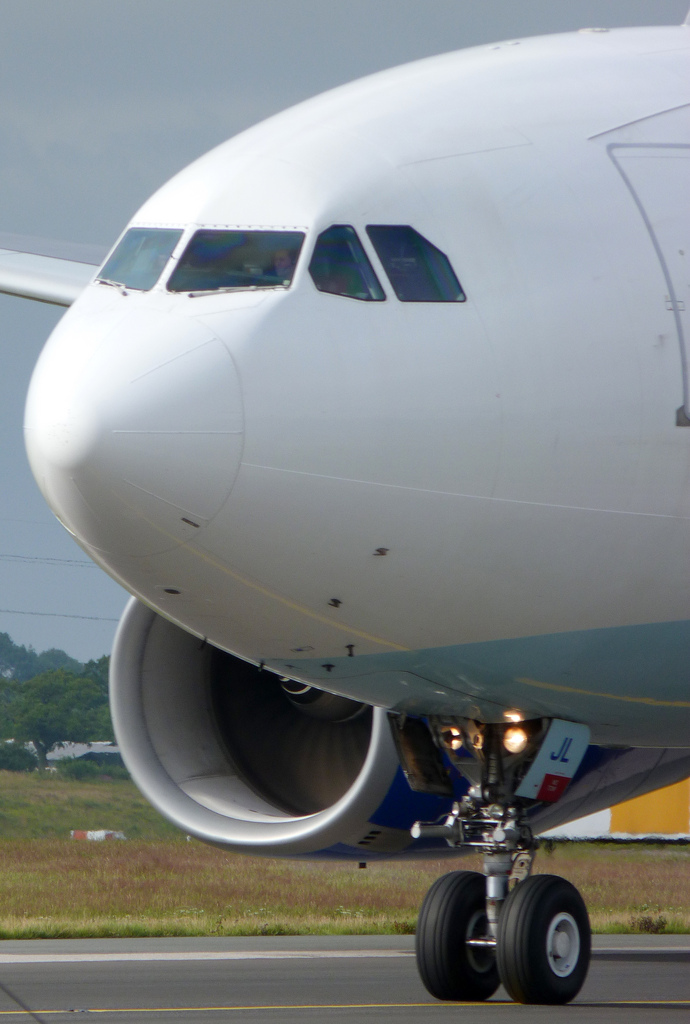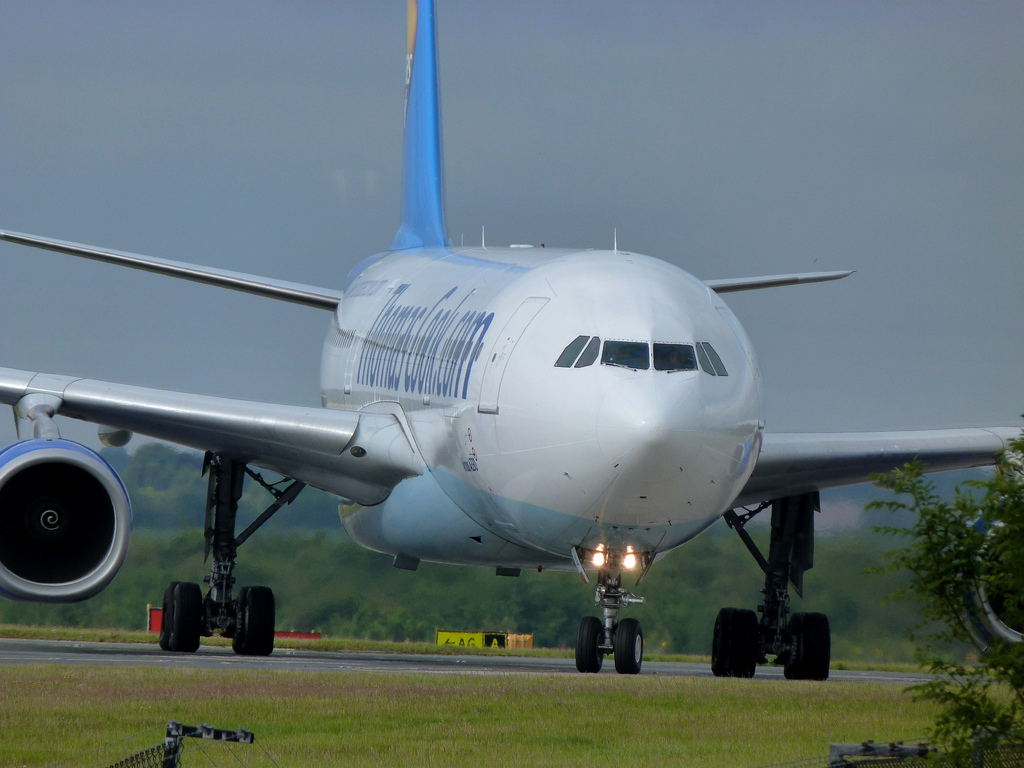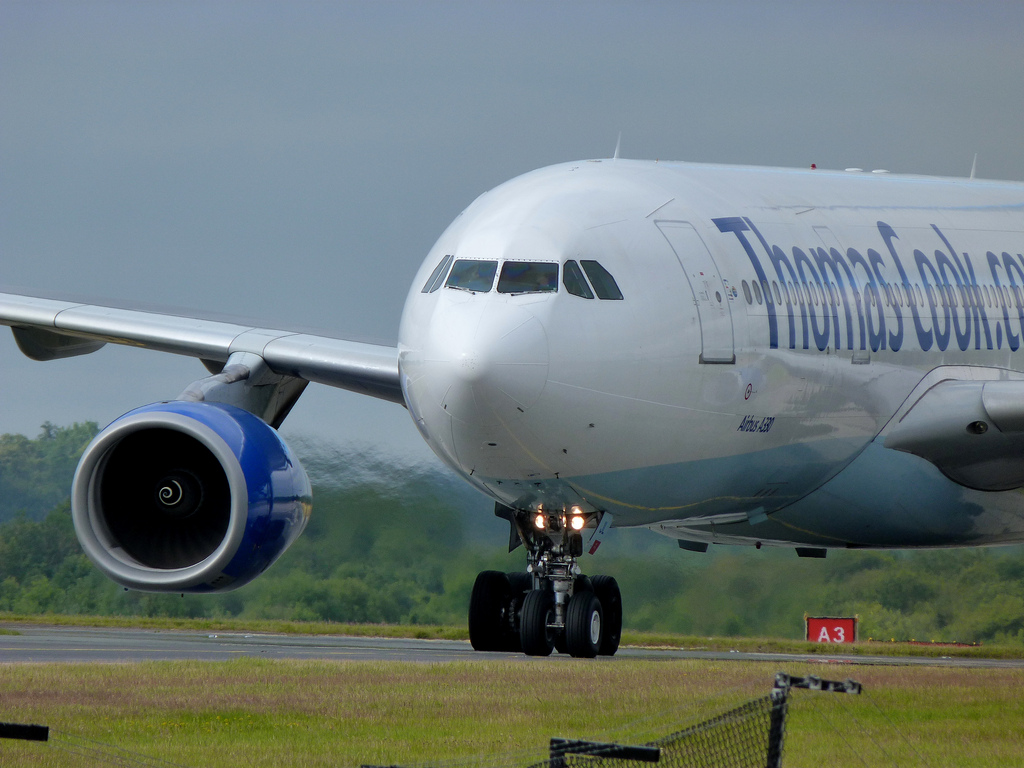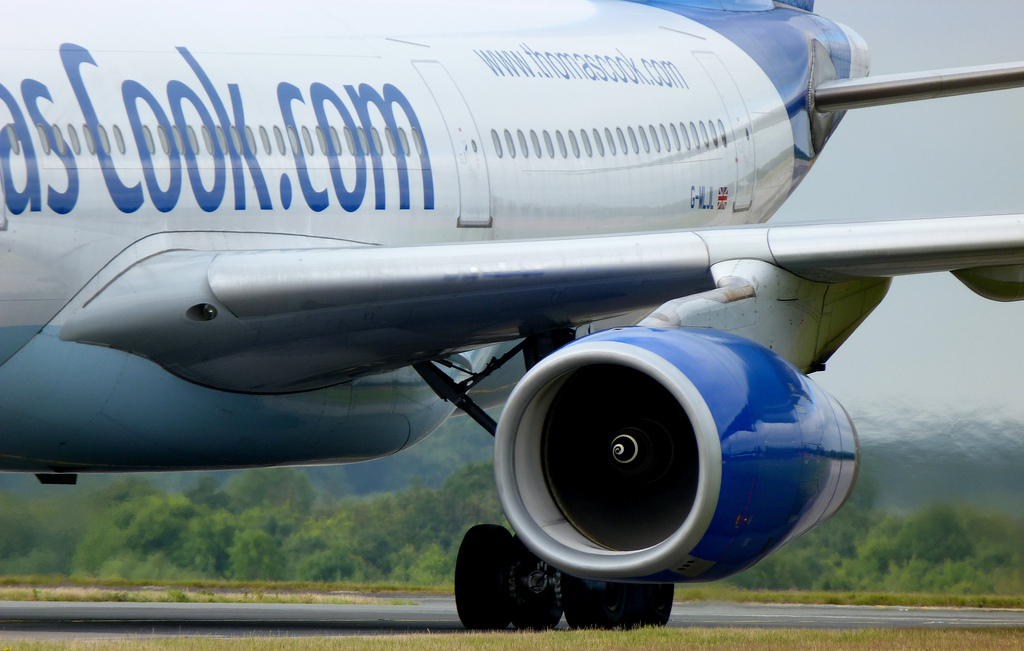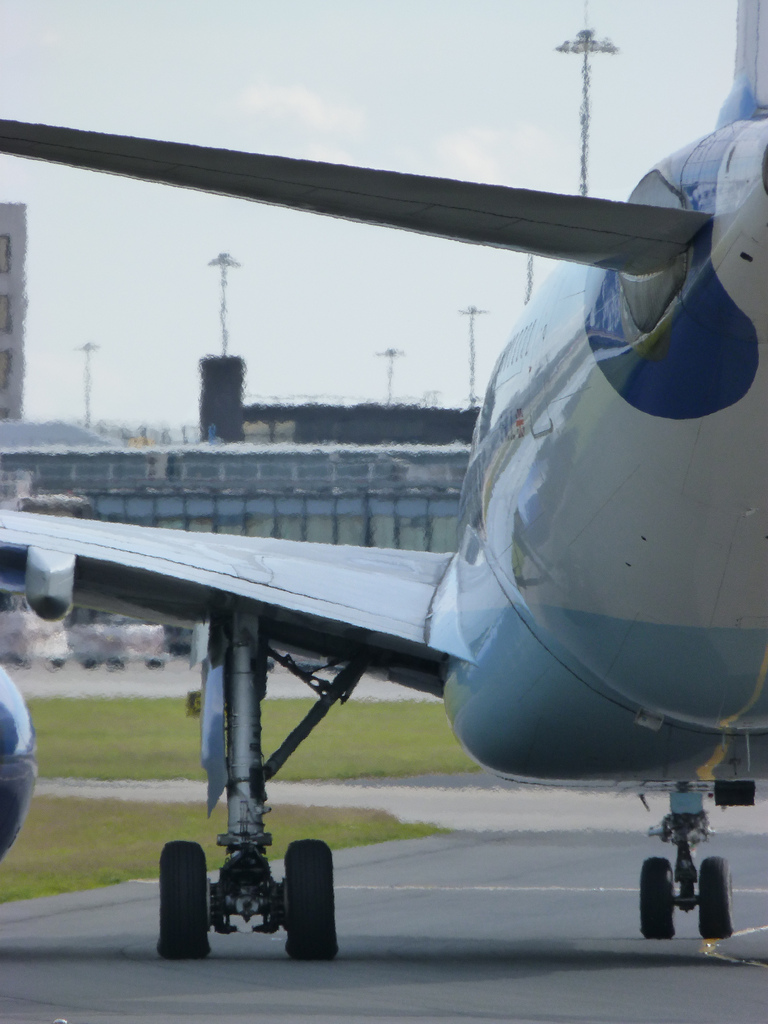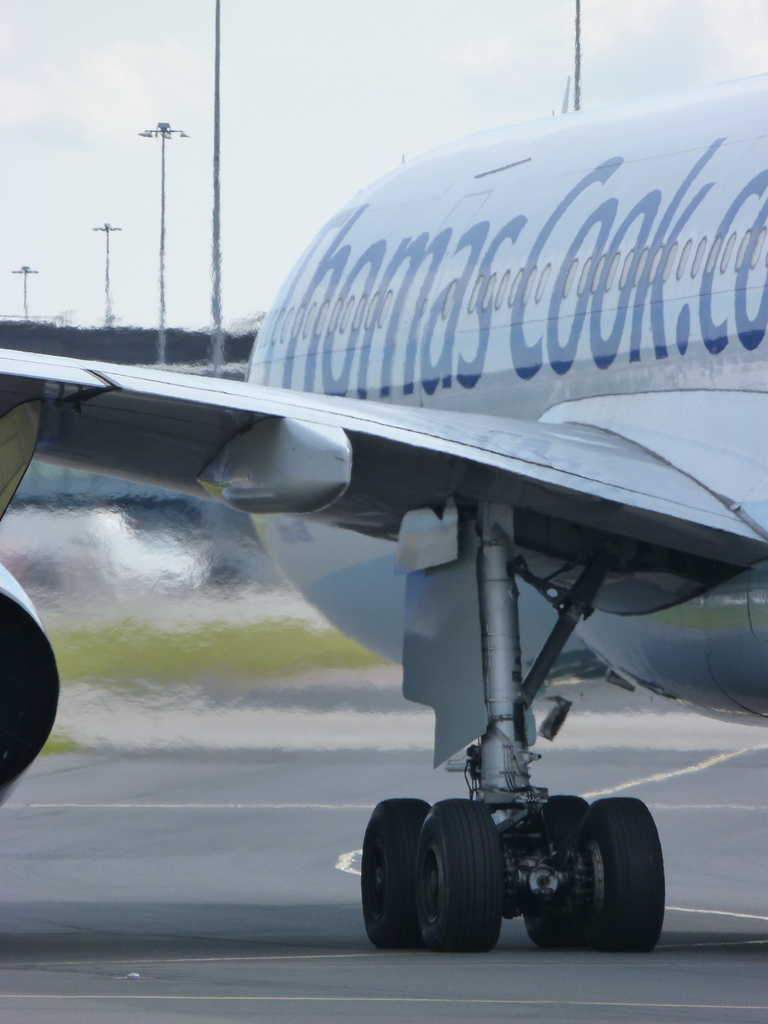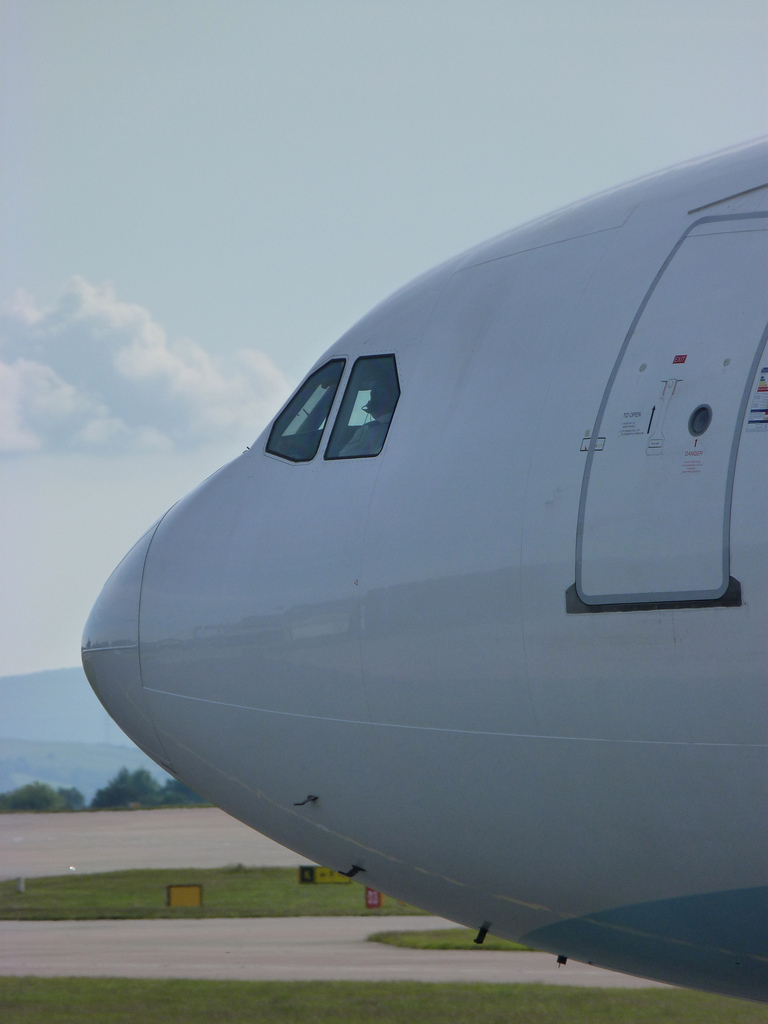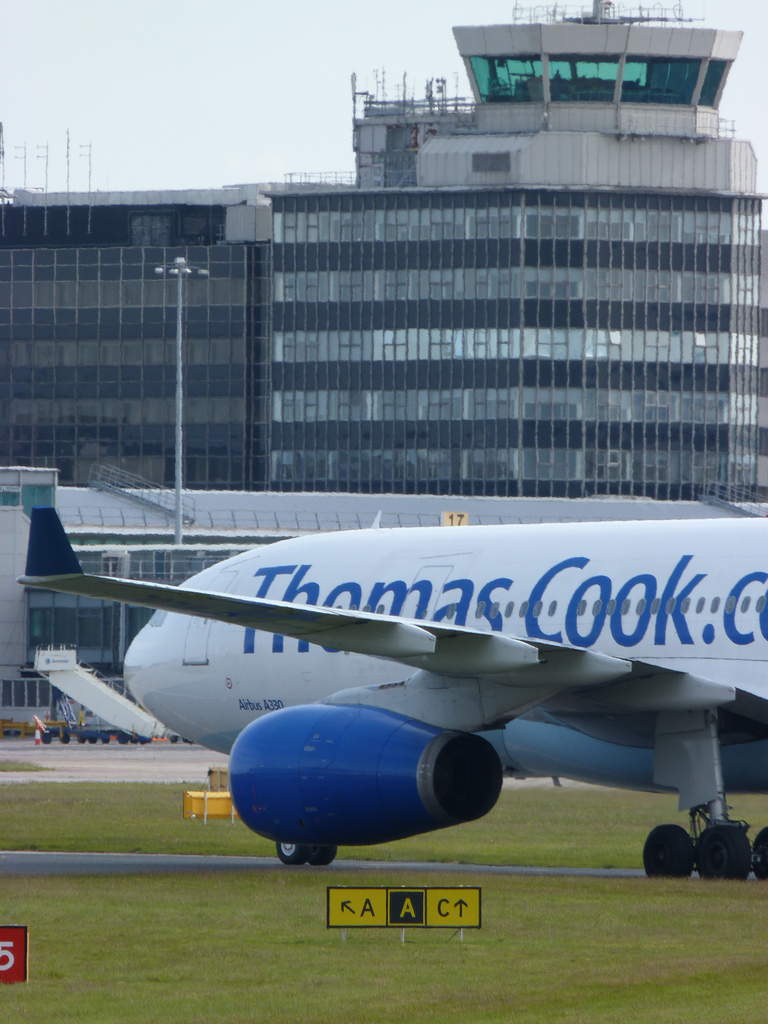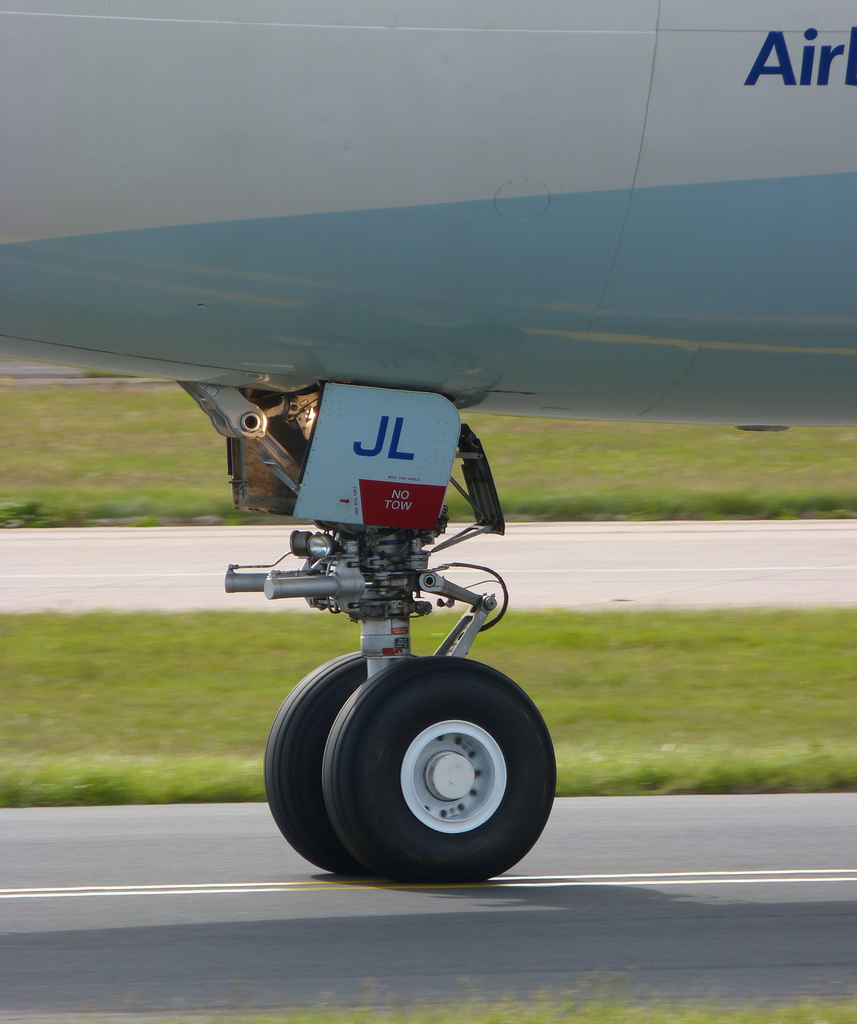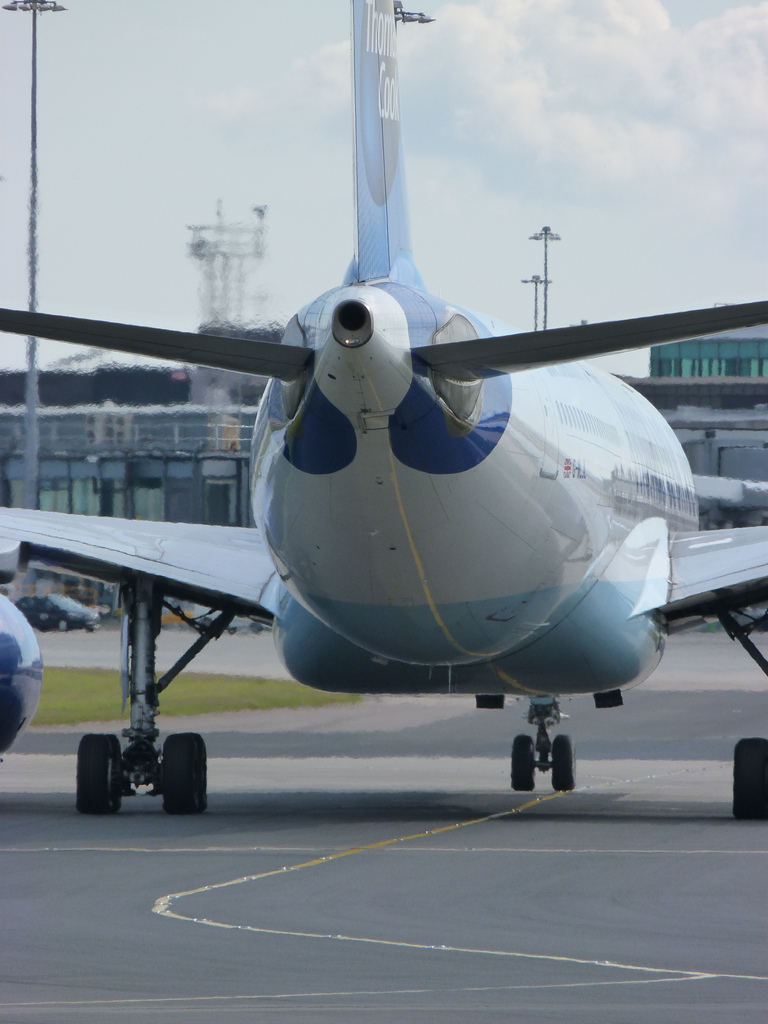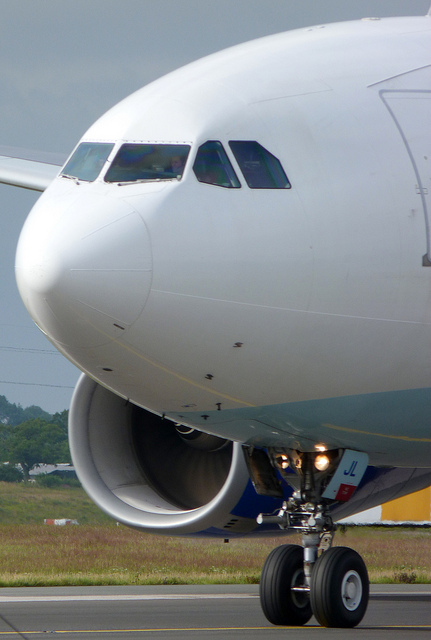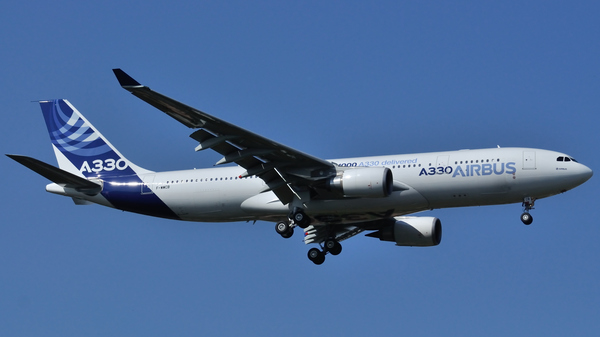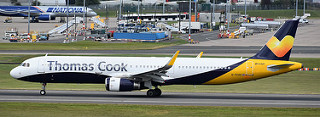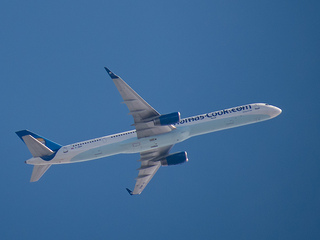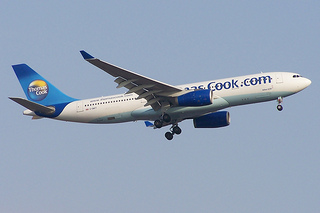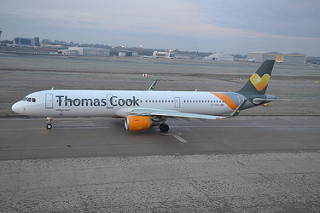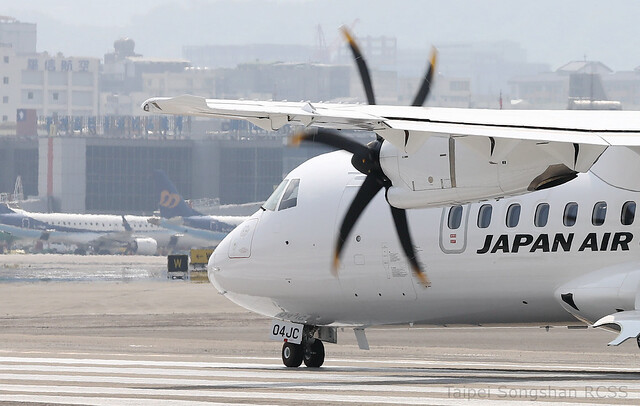Thomas Cook A332 over Atlantic on Aug 2nd 2019, turbulence injures 2 cabin crew
Last Update: December 11, 2019 / 21:40:44 GMT/Zulu time
Incident Facts
Date of incident
Aug 2, 2019
Classification
Accident
Cause
Turbulence
Airline
Thomas Cook Airlines
Flight number
MT-2915
Departure
Varadero, Cuba
Destination
Manchester, United Kingdom
Aircraft Registration
G-MLJL
Aircraft Type
Airbus A330-200
ICAO Type Designator
A332
The UK AAIB released a brief bulletin concluding the probable cause of the accident was:
This was an unexpected turbulence encounter while avoiding areas of known CB activity. It is likely that the number of injuries would have been greater had passengers been moving around the cabin at the time.
The AAIB reported that the captain had observed a number of thunderstorm clouds during departure from Varadero which did not paint on their weather radar #1, the crew switched to weather radar #2 which seemed to solve the problem. At the time of the turbulence encounter they were in cloud at FL370, the crew was maneouvering to avoid weather returns on their radar. The captain had illuminated the fasten seat belt signs about 5 minutes prior to the turbulence encounter. While being clear of all weather returns by at least 30nm the aircraft entered a denser area of cloud, the turbulence increased prompting the captain to make a PA instructing cabin crew to immediately take their seats, 5 seconds later severe turbulence occurred lasting for 90 seconds.
The AAIB analysed:
The flight crew were aware of the risks associated with CB clouds and were using their aircraft’s weather radar to plan avoidance routings. The onset of severe turbulence was rapid and unexpected. Had the seat belt signs not already been illuminated, it is possible that more people would have been injured in the incident.
Incident Facts
Date of incident
Aug 2, 2019
Classification
Accident
Cause
Turbulence
Airline
Thomas Cook Airlines
Flight number
MT-2915
Departure
Varadero, Cuba
Destination
Manchester, United Kingdom
Aircraft Registration
G-MLJL
Aircraft Type
Airbus A330-200
ICAO Type Designator
A332
This article is published under license from Avherald.com. © of text by Avherald.com.
Article source
You can read 2 more free articles without a subscription.
Subscribe now and continue reading without any limits!
Read unlimited articles and receive our daily update briefing. Gain better insights into what is happening in commercial aviation safety.
Send tip
Support AeroInside by sending a small tip amount.
Related articles
Thomas Cook A332 over Atlantic on Aug 28th 2012, hydraulic leak
A Thomas Cook Airbus A330-200, registration G-MLJL performing flight MT-134 from London Gatwick,EN (UK) to Holguin (Cuba), was enroute at FL390 over…
Thomas Cook A332 over Atlantic on Feb 6th 2019, smoke in cockpit
A Thomas Cook Airbus A330-200 on behalf of Condor, registration G-TCCF performing flight DE-2116 from Frankfurt/Main (Germany) to Cancun (Mexico)…
Thomas Cook A321 near Glasgow on Jul 25th 2018, suspected tyre damage
A Thomas Cook Airbus A321-200, registration G-TCVC performing flight MT-1591 from Ibiza,SP (Spain) to Glasgow,SC (UK), was descending towards Glasgow…
Thomas Cook B753 near Lanzarote on Jun 28th 2018, engine shut down in flight
A Thomas Cook Airlines Boeing 757-300, registration G-JMAB performing flight MT-1002 from London Gatwick,EN (UK) to Arrecife,CI (Spain) with 284…
Thomas Cook A332 at Holguin on Nov 27th 2017, rejected takeoff due to engine failure
A Thomas Cook Airbus A330-200, registration G-OMYT performing flight MT-2653 from Holguin (Cuba) to Manchester,EN (UK), was accelerating for takeoff…
Thomas Cook A321 near Munich on Oct 15th 2017, fuel pump problem
A Thomas Cook Airbus A321-200, registration G-TCDG performing flight MT-992 from Birmingham,EN (UK) to Hurghada (Egypt), was enroute at FL350 about…
Newest articles
JAC AT42 at Amami on Jan 5th 2026, hydraulic failure
A JAC Japan Air Commuter Avions de Transport Regional ATR-42-600, registration JA04JC performing flight JL-3837 from Amami O Shima to Kikaiga Shima…
Emirates B772 over Saudi Arabia on Jan 4th 2026, loss of cabin pressure
An Emirates Boeing 777-200, registration A6-EWB performing flight EK-929 from Dubai (United Arab Emirates) to Cairo (Egypt), was enroute at FL360…
Subscribe today
Are you researching aviation incidents? Get access to AeroInside Insights, unlimited read access and receive the daily newsletter.
Pick your plan and subscribePartner

ELITE Simulation Solutions is a leading global provider of Flight Simulation Training Devices, IFR training software as well as flight controls and related services. Find out more.
SafetyScan Pro provides streamlined access to thousands of aviation accident reports. Tailored for your safety management efforts. Book your demo today
AeroInside Blog
Popular aircraft
Airbus A320Boeing 737-800
Boeing 737-800 MAX
Popular airlines
American AirlinesUnited
Delta
Air Canada
Lufthansa
British Airways
